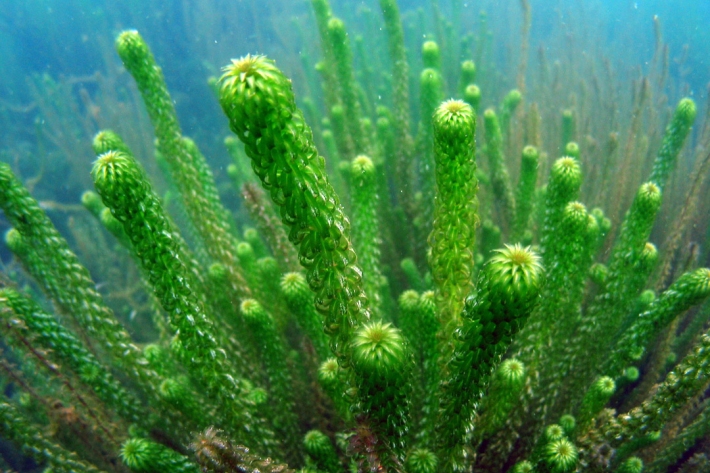-

Shortjaw kōkopu
Has a receding lower jaw and black spots behind the head. -

Smelt
Smelt have a distinctly forked tail and a strong cucumber smell. -

Restoration and enhancement of piharau / kanakana / lamprey
Research ProjectNIWA is leading a new six-year research project that seeks to increase our understanding of piharau/kanakana/lamprey, using Mātauranga Māori, social science and biophysical science approaches. -

Tuna - habitat
Tuna are found in all sorts of habitats (places), including coastal estuaries, lakes, wetlands, rivers, mountain streams and even alpine tarns. -

Tuna - spawning grounds
All species of freshwater tuna spawn at sea, although the spawning grounds of only four species are known with certainty worldwide. -

Freshwater databases online
More information about our online freshwater databases. -

Freshwater fish species list
A list all of New Zealand's freshwater fish species. -

Guidelines for sampling freshwater fisheries
We have prepared a breakdown of the different guidelines that are available for sampling freshwater fisheries. The overview provides links to key documents that explain what should be considered when designing fish monitoring studies and how to implement the various sampling techniques. -

Biosecurity tools
Software Tool/ResourceOur biosecurity management tools include: assessment models, field surveys, management advice and the testing of control methods. -

Reintroducing giant kōkopu to Nukumea Stream
Research ProjectThe giant kōkopu is a native whitebait species considered rare and vulnerable. NIWA is working with Mahurangi Technical Institute and environmental consultancy Boffa Miskell to test the feasibility of reintroducing giant kōkopu to Nukumea Stream, north of Auckland. -

Restoring Kōaro in the Rotorua lakes
Research ProjectThe kōaro was once abundant in the Te Arawa lakes near Rotorua in New Zealand’s North Island. NIWA has assessed the viability of restoring this species in the region.
